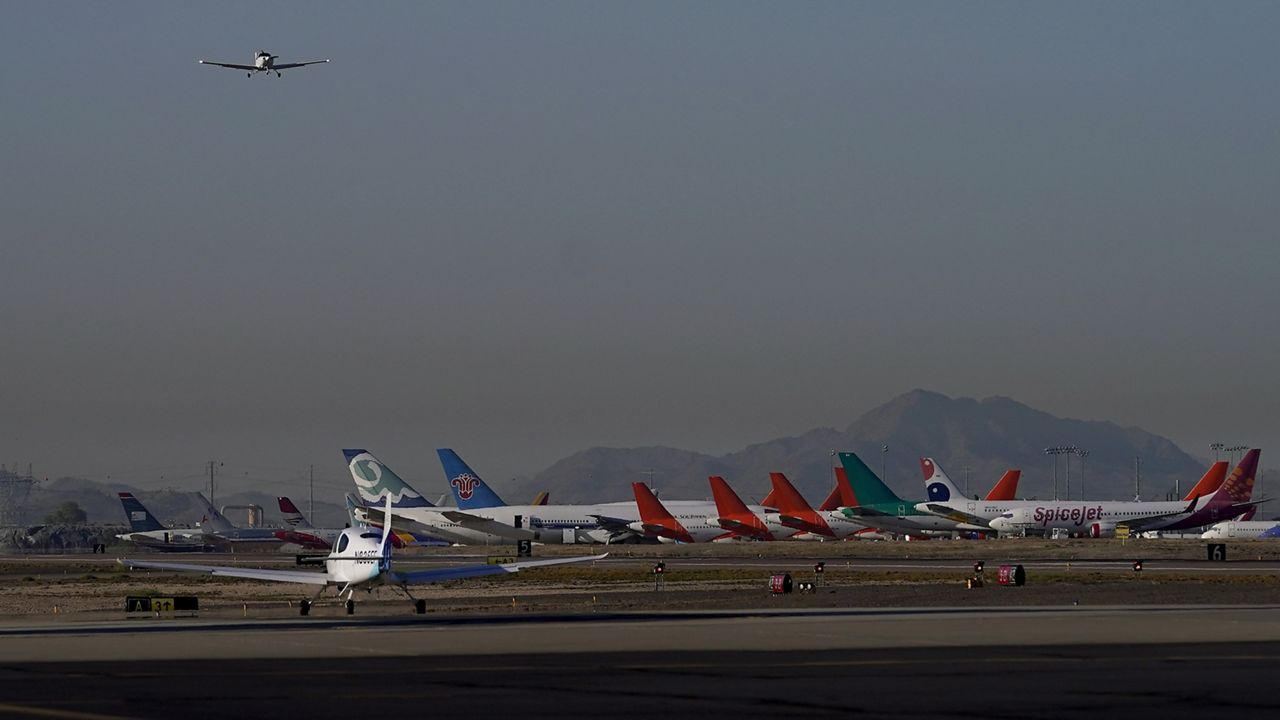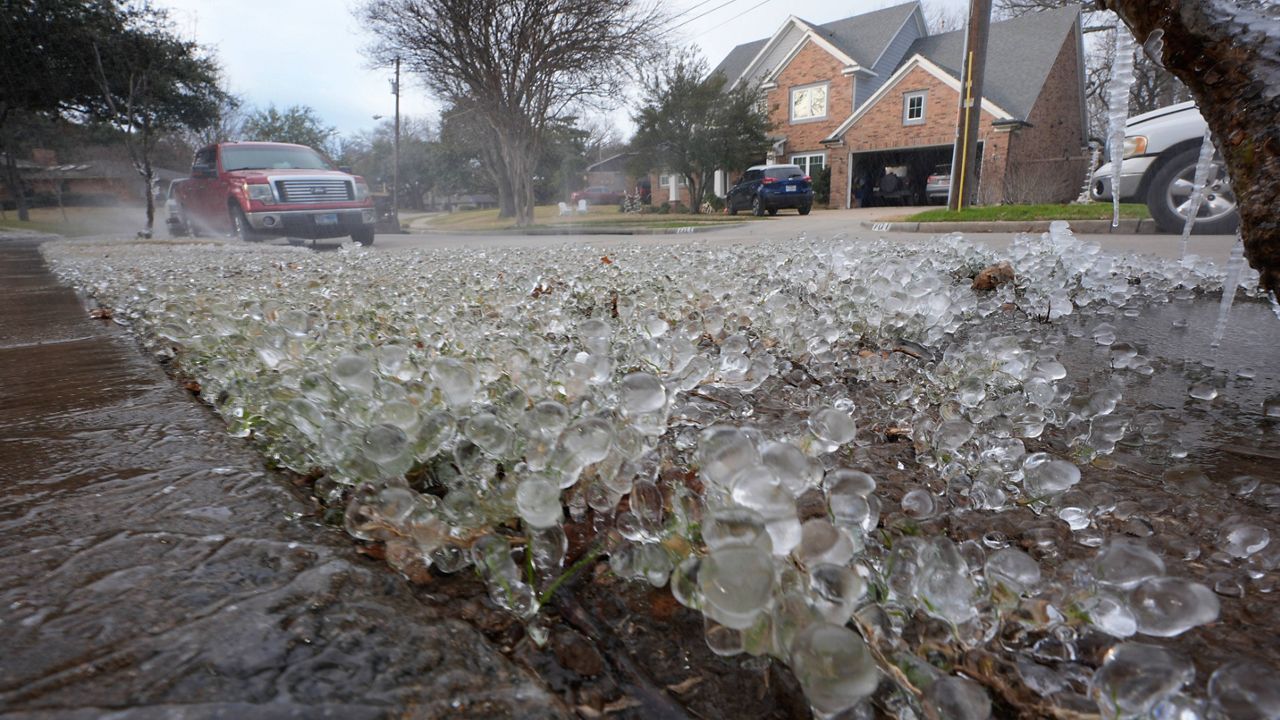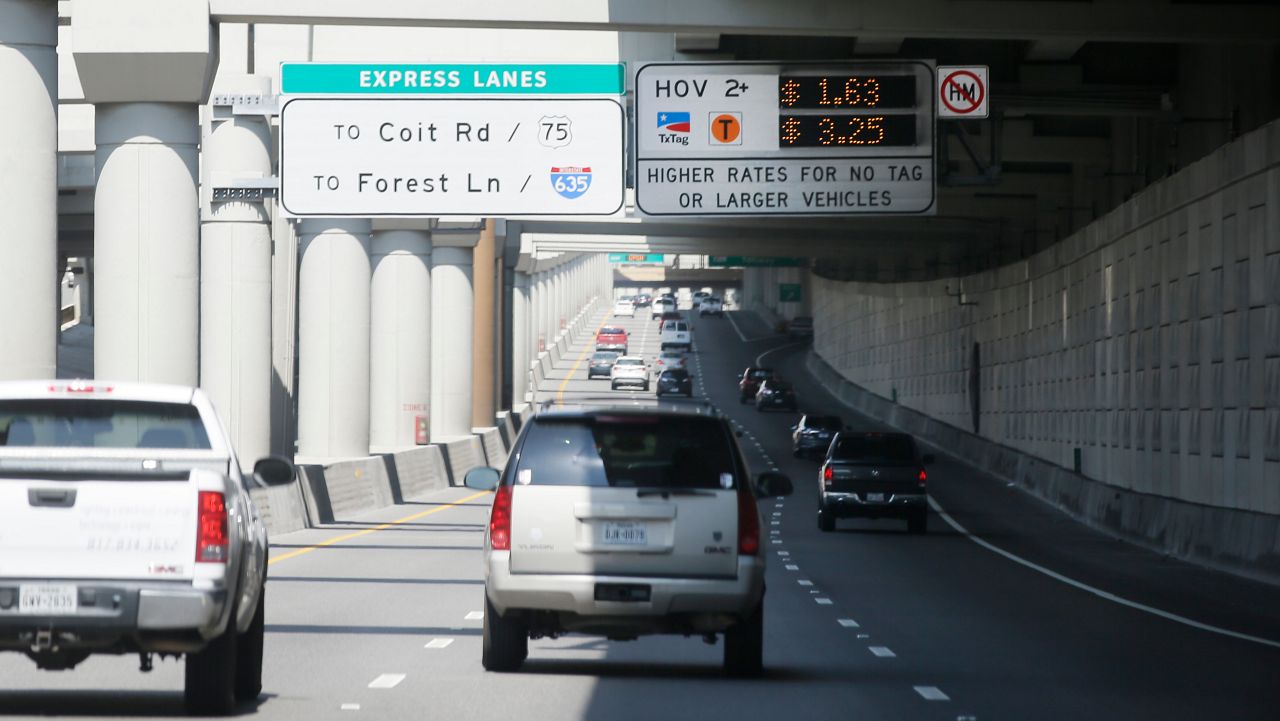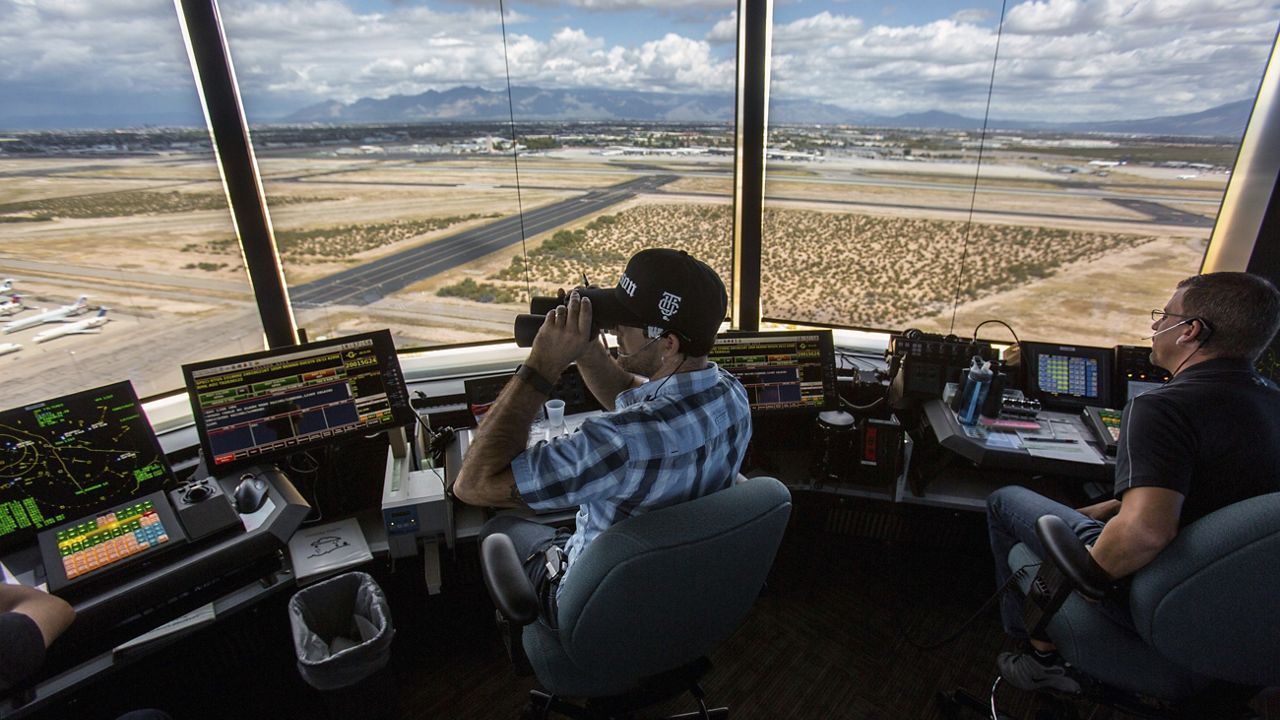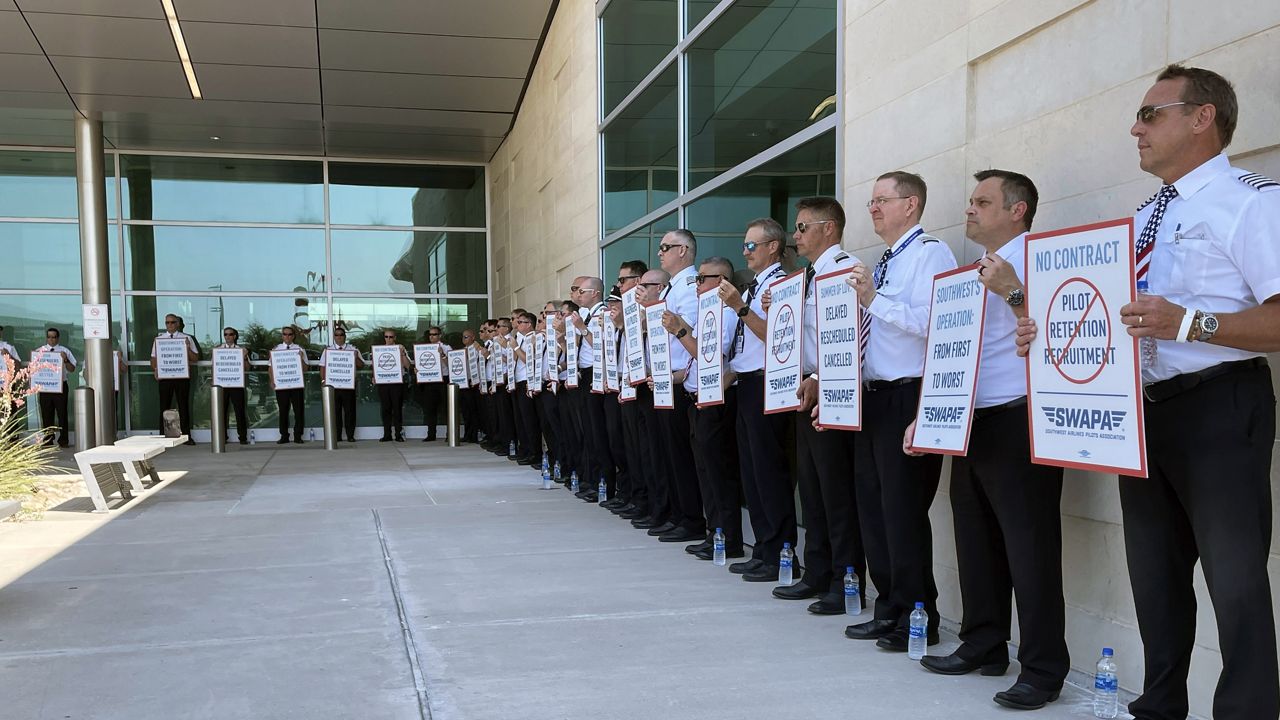AUSTIN, Texas — As Texas continues to experience explosive growth, more pressure is on the state’s roadways to keep up.
Doise Miers has worked in transportation in Austin for more than a dozen years, but she says this is unlike anything she’s seen before.
“It’s one of the fastest growing areas in the country”, said Miers, adding that the Greater Austin area is expected to see the population double over the next 20 to 25 years.
“We’ve gone from about 2 million people, and we are projected to be in the 4 to 4.5 million range in the year 2050,” Miers said.
Miers works for Austin’s Capital Area Metropolitan Planning Organization (CAMPO). The group collaborates with the Texas Department of Transportation (TxDOT) to study area roadways.
Experts say traffic conditions in one part of the state can have a ripple effect, something Texans know all too well. The Interstate 35 downtown Austin corridor is one of the most congested areas in the state, according to TxDOT spokesperson Jeff Barker.
Over 10 million miles were traveled each day in 2023 by vehicles in Travis County alone, according to TxDOT’s annual roadway inventory data.
Barker explains that is why the second phase of the I-35 Capital Express Central Project is such a priority.
The Lady Bird Lake segment will add two non-toll HOV lanes, reconstruct the Lady Bird Lake bridge and create a pedestrian-only bridge at Woodland Avenue. The project also enhances bike and pedestrian paths.
“With it being the first major reconstruction of I-35 in nearly 50 years,” Barker says the project will bring much needed safety, mobility and connectivity improvements to the corridor.
Miers added that while projects like the one near Lady Bird Lake may not get rid of traffic congestion, these projects “are going to address the congestion, and help it not get any worse, even though we’re looking to double the population.”







